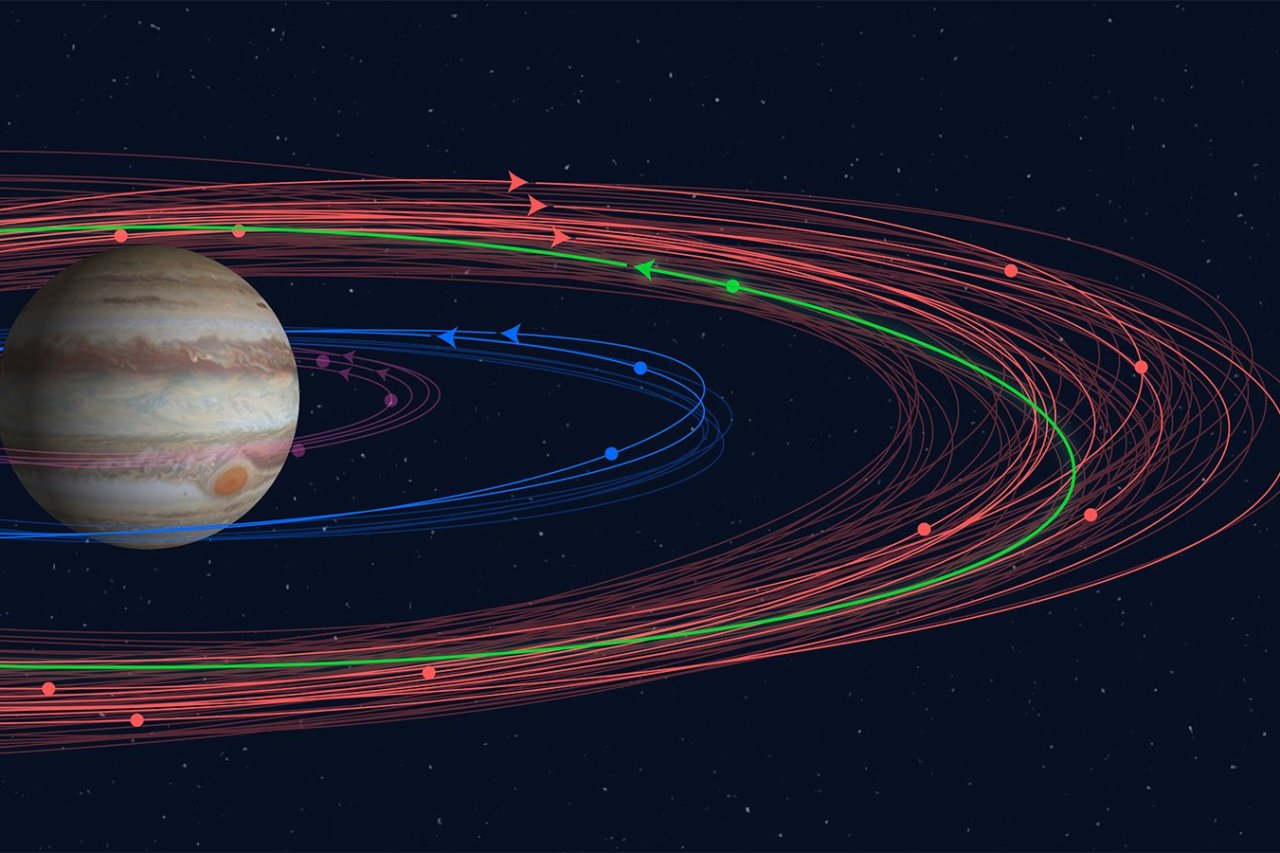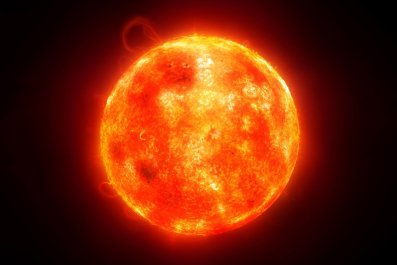By the time astronomer Scott Sheppard started looking at Jupiter's moons in a serious way in the 2000s, the planet had already been picked over like a Thanksgiving turkey. Galileo found four moons in 1610, another nine came in the first half of the 20th century, and the Voyager spacecraft added three more in 1979. But Sheppard had an advantage on all of them: When he was a graduate student at the University of Hawaii, astronomers started attaching highly sensitive digital cameras to telescopes. By the time Sheppard got his Ph.D. in 2004, he and his colleagues had discovered dozens of Jovian moons, as well as some around Neptune, Uranus and Saturn.
Last month, Sheppard found another 12. That brings his personal tally to 59 and the total number of Jovian moons to 79. Newsweek caught up with Sheppard, who is a faculty member of the Carnegie Institution for Science in Washington, D.C.
You watched Jupiter as a student, but lately you're more interested in the solar system beyond Pluto.
We don't know much about what's beyond Pluto. Since 2012, we've been doing a deep space survey to look for objects, such as asteroids or dwarf planets, that are way, way out there—two to 10 times farther than Pluto.
That includes Planet X, the undiscovered planet astronomers believe lurks beyond Pluto?
Yes. In 2012, we found an object with the most distant orbit known in the solar system. When we compared it to other objects far beyond Pluto, we noticed that they cluster into certain types of orbits. That suggests that something very massive, like a planet, is pushing them into similar orbits.
If you're searching for Planet X, how did you end up at Jupiter?
We have a new camera on our telescope, which is the size of a small car. Before we got that, it was like looking at the sky through a straw. Now we can search 10 times more sky in one image.
In March of 2017, we realized that Jupiter was up in the night sky—right overhead. We decided to look close to it for moons in the foreground moving at the speed of Jupiter. We did this at the same time as we looked for distant objects beyond Pluto.
And—bingo—you found another 12. What does the presence of so many say about the planet?
In the past, when Jupiter was still forming, there was probably a lot of gas and dust around it. If an [asteroid] came close, it would slow down, due to gas friction or something, and then Jupiter would capture it, like a big vacuum—it sucked everything in.

The moon you call Valetudo moves in the opposite direction to the moons in its vicinity.
It's a very oddball moon. It's going down the highway in the wrong direction. It's also the smallest around Jupiter—about 1 kilometer in size. We think Valetudo is the last remnant of what probably was a bigger moon, 10 to 100 kilometers in size, that collided with other moons in the past. It's been ground down almost to dust.
Is Valetudo destined for a collision?
Oh, yeah. We're running a supercomputer to simulate all these 79 moons over billions of years to see how often Valetudo would collide with them. The solar system is about 4.5 billion years old, and collisions probably happen every 100 million to a billion years.
What would that look like?
If you just happen to be looking up at Jupiter, you might see a flash.
















